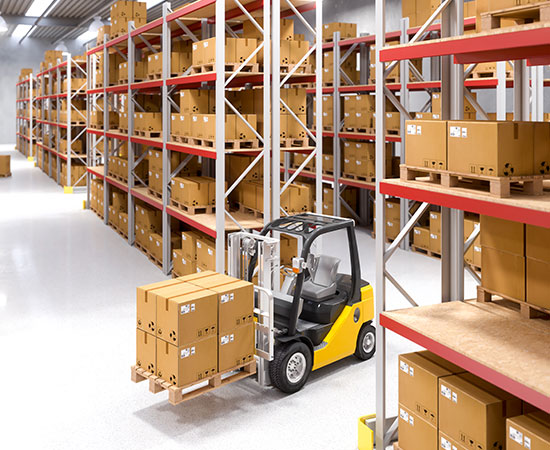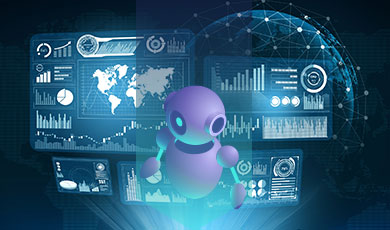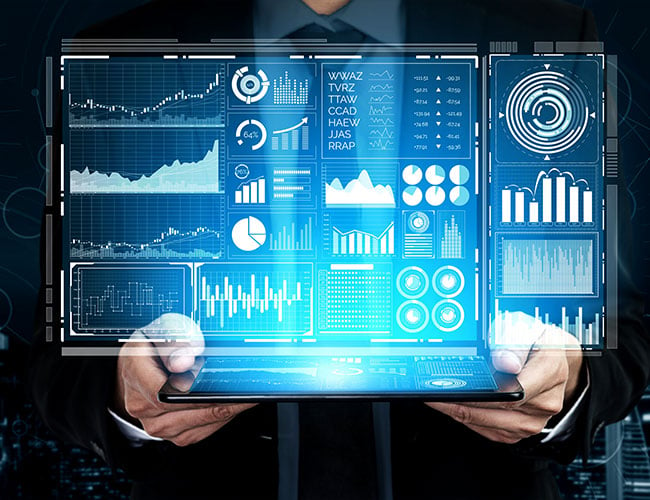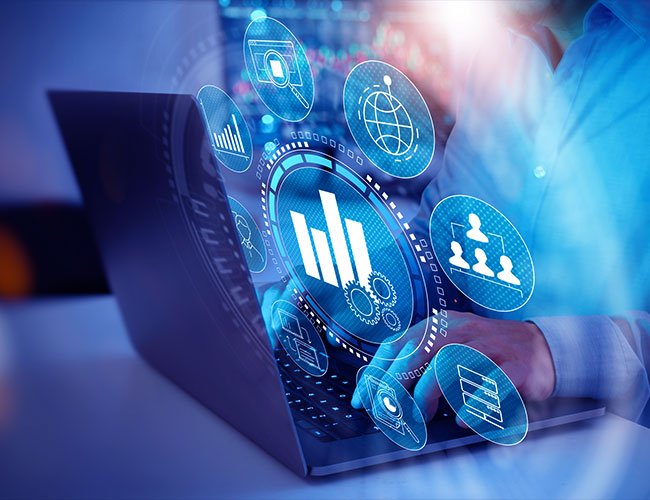Elevate Your Enterprise Asset Experience
When you think of enterprise IT, your mind may picture massive data centers and server infrastructure. While servers are the backbone of enterprise IT, it is important to consider the numerous endpoint assets assigned to your employees.
These individual assets may include desktop PCs, laptops, mobile phones, and tablet devices. Less obvious examples include printers and fax machines, along with software assets.
IT departments typically keep track of assets through an asset registry on platforms like ServiceNow. Let us explore asset management on ServiceNow and the best practices your organization can follow to administrate and configure its asset portfolio.
Software vs. Hardware Asset Management
Before we dive into the best practices, you should understand the different types of IT assets found in an IT environment.
Software Asset Management
Software asset management (SAM) involves software applications, services, and platforms for which you purchase software licenses. The software lifecycle is present on servers, desktops, laptops, and mobile devices, with valid licenses expiring and requiring updates each billing period.
This could include antivirus software licenses across 100 laptops, Windows Server licenses for a group of servers, or Software as a Service (SaaS) platform subscriptions used by your company.
Hardware Asset Management
Hardware asset management (HAM) is the management of desktops, laptops, servers, and networking hardware from procurement through decommissioning. Each hardware asset could be assigned a configuration item (CI) in a configuration management database (CMDB), enabling organizations to standardize deployments and re-align asset configurations if they deviate from the default.
Points to consider here include a serial number, device warranty, total cost of ownership (TCO), IT tickets associated with the device, current operating system and software packages, and the location and assigned end users to assist with asset change management. These assets may contain corporate data, act as an attack vector, or drive expenditure, making it important to track these assets from procurement up until they are decommissioned.
Both SAM and HAM allow you to create an inventory of software and hardware on your network. One example is protecting security by monitoring CI changes that breach regulations or IT security policy.
Similarly, you can block access to the vendor’s product to avoid breaching license agreements if a license expires. Perhaps your enterprise has purchased software licenses and holds unused software rights. You can check for valid licenses and increase software utilization to recoup costs. Also, if a laptop warranty expires, you have the insight to purchase an extended warranty or replace the asset depending on business needs.
ServiceNow Software Asset Management in Action
A logistics services provider sought to utilize its asset management function at full efficiency, while adopting new software compliance frameworks and industry best practices as it transitioned to a Software Asset Management (SAM) platform.
The logistics company needed a SAM solution to reduce manual data input workloads, improve data accessibility for drivers performing fieldwork, and adopt more robust data security and governance processes. To learn how Trianz helped the logistics provider overcome challenges with efficiently tracking hundreds of thousands of assets per day in its delivery network, read this case study on Harnessing Software Asset Management Effectively to Its Full Potential.

Best Practices with IT Asset Management on ServiceNow
ServiceNow IT Asset Management (ITAM) is a dedicated solution for registering, configuring, and decommissioning IT assets. It is possible to centralize the configuration of IT assets in ServiceNow, due to its cloud and vendor agnostic integrations with popular cloud platforms. Here are few ITAM best practices to ensure proper asset utilization and configuration:
Data Quality Matters
Many data analysts would agree that when bad data goes in, it results in equally bad data coming out. In this case, disorganized or incorrect entries in your asset registry could complicate asset management, rather than simplifying it. What small and large enterprises both need is accurate data.
To combat this, you should have IT policies in place that audit data entry into your IT asset manager. This could be done automatically via your network by scanning for new endpoint assets. For the manual route, you should have a clear process for populating your asset registry and ensure that IT technicians or engineers follow it carefully. Ongoing work should involve periodic audits of IT assets to ensure data accuracy and completeness.
Stagger the Ingestion Process During Discovery
If you are creating a new asset registry, be wary of the risk associated with the quantity of assets you are dealing with. While ServiceNow Discovery can accommodate many assets, your IT team will struggle to ingest and verify all your assets at once. For this reason, you should stagger the ingestion process.
Start with your IT department assets and use this opportunity to assess the quality of information being inputted, alongside any potential hurdles if using automated network asset discovery. Once you have validated the ingestion process, go department by department across the business while repeating these quality control steps. Upon finishing, your asset registry should be fully populated and with accurate and tagged asset entries.
Gain Stakeholder Buy-In
Asset management is a job for the IT department, but the IT department needs stakeholders to actively engage with the project for it to be a success. This is especially important when your IT department is managing assets across multiple subsidiaries. You can manage stakeholder communications through ServiceNow to track the status of projects or IT service requests.
If you communicate the prerequisites for your asset management project with stakeholders, they can do the necessary work to streamline the asset discovery process. This could include them informing employees of the processes needed to assist with asset discovery, or steps to follow when a device stops functioning.
That will ensure that broken devices are returned to the IT department rather than collecting dust in department storage areas. For enterprises that bill asset purchases to individual departments rather than IT, this also promotes asset ownership and offers an incentive to keep assets in good condition.
Automate Asset Discovery
ServiceNow offers native support for artificial intelligence and machine learning technologies. This facilitates something called robotic process automation (RPA). One way to automatically manage your assets in ServiceNow is via the Configuration Management Database (CMDB).
When a real-time device status deviates from the defined configuration item (CI) in the CMDB, ServiceNow automatically sends a ticket alert to your IT department. You can also disable the asset in these circumstances, prompting the user to bring their device into the IT department for inspection and maintenance. This helps to maintain high levels of endpoint compliance.
IT Asset Management on ServiceNow with Trianz
IT asset management (ITAM) is integral to running your business services smoothly. Trianz offers comprehensive IT asset management consulting services for the ServiceNow platform.
This includes help in starting IT asset management or drop-in support with ongoing ITAM processes. With proper ITAM in place, you can reduce asset expenditure and centralize your asset management workflows in one single platform.













